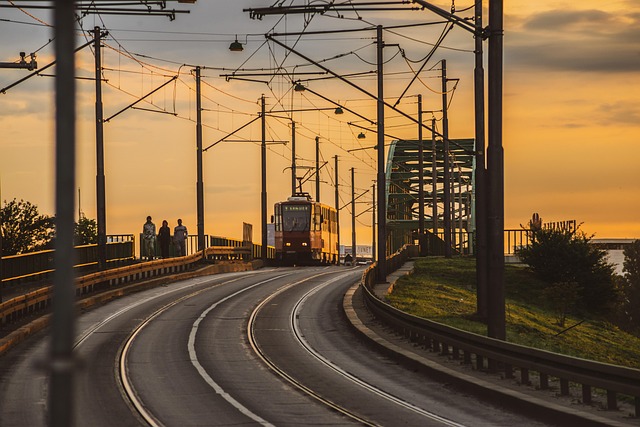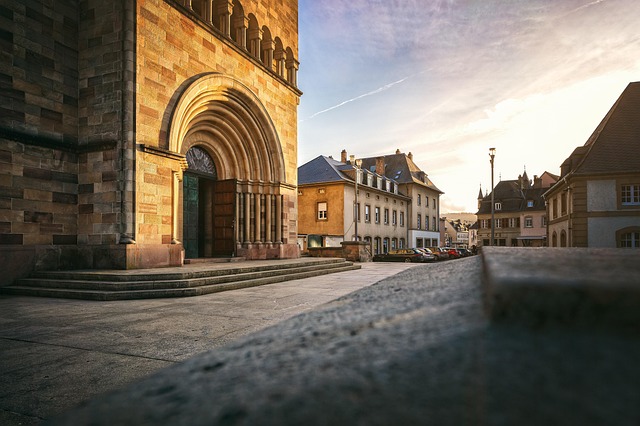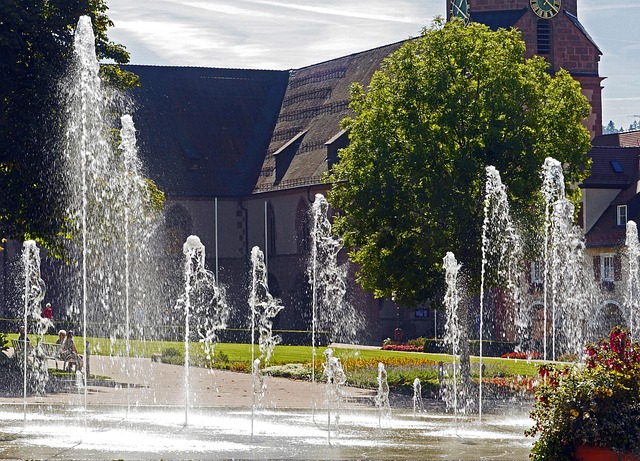As urbanization accelerates and cities expand, the need for sustainable public transportation systems has never been more crucial. Our urban habitats face the challenge of balancing growth with the health of our environment. With increasing traffic congestion and air pollution, many are looking towards eco-friendly alternatives that not only ease the burden on our natural ecosystems but also nurture and enhance our urban landscapes.
Imagine a city where the air is fresh, and the streets are lined with greenery rather than vehicles. Sustainable public transportation plays a pivotal role in creating this vision. By investing in eco-friendly transportation options such as electric buses, trams, and bike-sharing programs, we can significantly reduce our carbon footprint. These advancements help to create a cleaner atmosphere, similar to what we experience in lush, well-kept gardens.
The integration of nature into urban transportation systems is vital. For instance, incorporating green spaces along transit routes can improve not only the aesthetics of the city but also promote biodiversity. Urban gardens and parks can flourish near these transit areas, providing habitats for birds and pollinators, while also giving city dwellers a touch of nature amidst the concrete jungle.
Furthermore, promoting the use of bicycles and walking paths can create a cycling culture that fosters community connection. Bicycle lanes lined with trees and colorful flowers not only enhance the beauty of urban areas but also encourage individuals to opt for greener modes of transport. The act of cycling or strolling through a green corridor can evoke feelings of joy and peace, reminding us of the natural world we often take for granted.
Moreover, eco-friendly public transport systems can be powered by renewable energy sources, further minimizing environmental impact. Solar panels installed at transit stations and wind turbines integrated into the city’s infrastructure can supply clean energy to buses and trains. This shift towards renewable energy not only supports the health of the planet but also sets a positive example for residents to adopt greener practices in their daily lives.
It is crucial for city planners and local government officials to prioritize sustainable public transportation as a key component of urban development. Engaging the community in discussions about transportation options can promote a collective sense of responsibility towards the environment. When people feel connected to their urban habitat, they are more likely to support initiatives that protect it.
As advocates for a greener future, we can all contribute to the push for sustainable public transportation. Whether through community gardening projects, advocating for greener policies, or simply choosing to bike or walk for short distances, every action counts. Together, we can cultivate urban habitats that not only thrive on innovation and efficiency but also cherish and conserve the natural beauty that surrounds us.




